One of the most interesting accessories for the Pentax 67 system is a lens adapter for Pentax 645. You can now buy for cheap the body of its ordinary non-AF models, and it can become a good additional or backup camera for the primary Pentax 67.
For one thing, it is possible to keep a different type of film there to be able to shoot simultaneously on the black-and-white or color film.
There is also no need to take with you lenses for Pentax 645. Take, for instance, the 90mm F2.8, which may work similar to the normal lens, while the 105mm F2.4 is closer to the portrait lens.
Pentax adapter 645
This adapter allows the use of any 67 lenses on 645 bodies in full manual and aperture priority (Av) exposure modes. It has aperture coupling and automatic diaphragm release levers which allow to use Pentax 67 lenses almost like 645 lenses. It permits open-aperture metering while the aperture value is not displayed in the Pentax 645 viewfinder. It is like setting the aperture ring of the 645 lenses to the non “A” value.
Also, it is possible to use Pentax 67 macro extension tubes for shooting macro and closeups with automatic aperture release continuing to work well. In the original manual Asahi says that with some lenses corners get slightly darkened when shooting with open aperture or light falls off at corners when aperture is closed by some f-stops. I’ve used the adapter with my 90mm F2.8, 105mm F2.4, 135mm F4 Macro and 165mm F2.8 lenses and I’ve never noticed any light falling off.
I have for some time enjoyed the original non-AF body, having bought it for just 100 USD. And I can say that its exposure meter works fine, and AA batteries are available everywhere. Therefore, you won’t find yourself in a situation that once happened to me.
It is also worth mentioning that gaps between frames, which can at times pose a problem in the Pentax 67, are simply non-existent with 645 cameras due to the completely different film transport mechanism in these cameras.
“Crop” factor
As we know, a lens of X mm focal length is a lens of X mm focal length, and no matter what camera you put it on. So, the difference is that the Pentax 645 is a smaller format camera, which crops the inside of the image circle more than the 67 format does.
In a nutshell, it is like using only 41.5mm of film length instead of exposing 70mm. Take a look at the examples below to understand how cropping is actually applied.
This always creates the effect of a “longer” focal length on the 645 camera as compared with the same lens installed on the 67 camera. This effect is also often called an “equivalent” focal length.
The term is only needed to simplify an understanding of the focal length required on the 67 camera to match the field of view of the “cropped” 67 lens installed on the 645 camera.
To calculate it, a focal length of the 67 lens should be multiplied by a “crop” factor. The Pentax 645 has 56×41.5mm frame size, so its diagonal is 70mm. The Pentax 67 has a 55×70mm frame size and a diagonal of 89mm. The “crop” factor is 89/70=1.27 and, as a result, a 90mm lens for 67 format installed on 645 camera is like installing native 114mm lens on 67 camera. The 105mm is like installing 133mm, 135mm “turns” into 172mm, and 165mm, into 210mm on 67 camera.
Summary
Unfortunately, the 6×4.5 format proved to be not very convenient for me, if not entirely uncomfortable. And eventually, I replaced the camera and adapter with another Pentax 6X7 body with MLU which costs a bit more. I found it easier to use two almost identical cameras on a photo shoot. But Pentax 645 allows to take 15 frames on a single type 120 film roll (16 frames for Pentax Pentax 645N and 645NII), which may be important in case of a limited film stock. Do not forget that this adapter also allows you to mount lenses on digital Pentax 645d and 645z which only operate in stop-down metering mode.
Other Pentax adapter 645
There is another third party adapter with the same full-automatic functions: Fotodiox PRO PT67-PT645 (II). It is a bit cheaper than a genuine Pentax adapter 645 but still has all the same features, including 67 outer bayonet mount.
P.S.
Thanks for reading! I would be very grateful if you point out my possible mistakes, add extra information, or just share your experience. Scroll down to the Leave a reply section and share your thoughts about it. Your opinion is important for me. I enjoy answering your questions as the answers may often benefit many other readers and the process of answering allows me to better piece together my existing knowledge and find ideas to improve my articles.



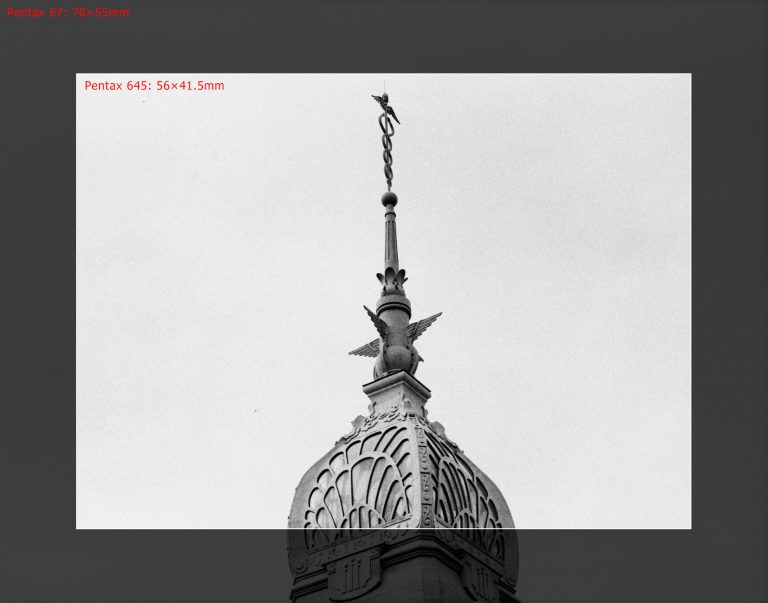

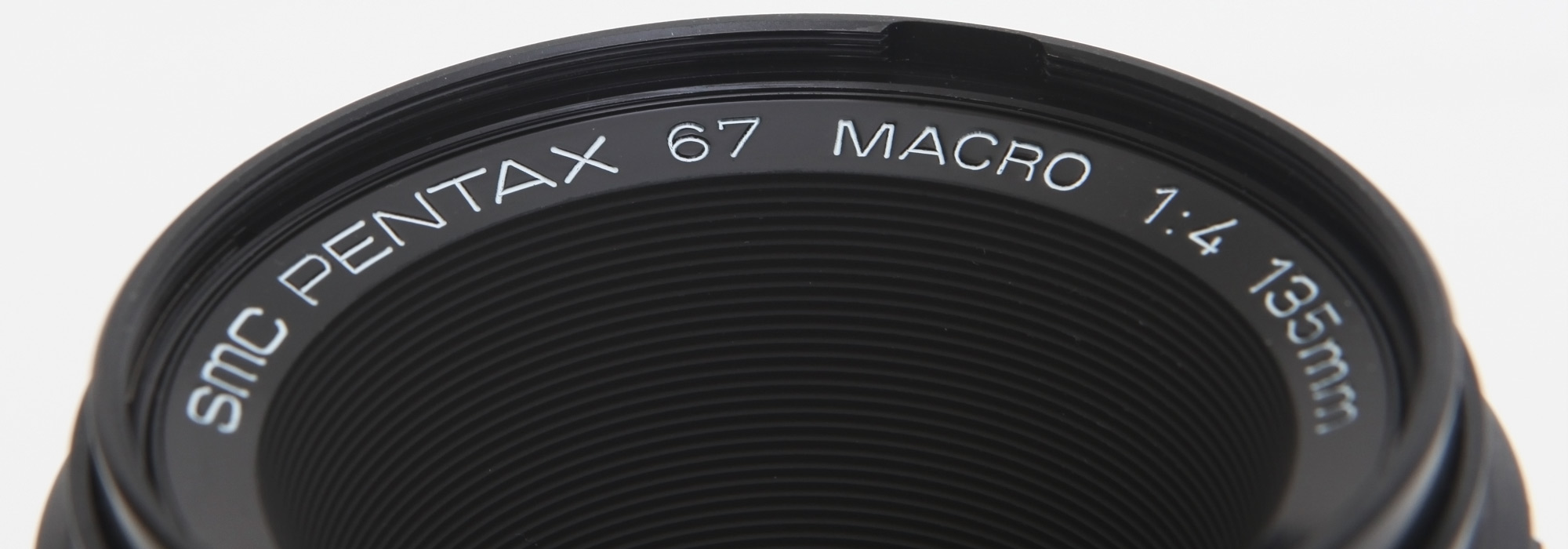
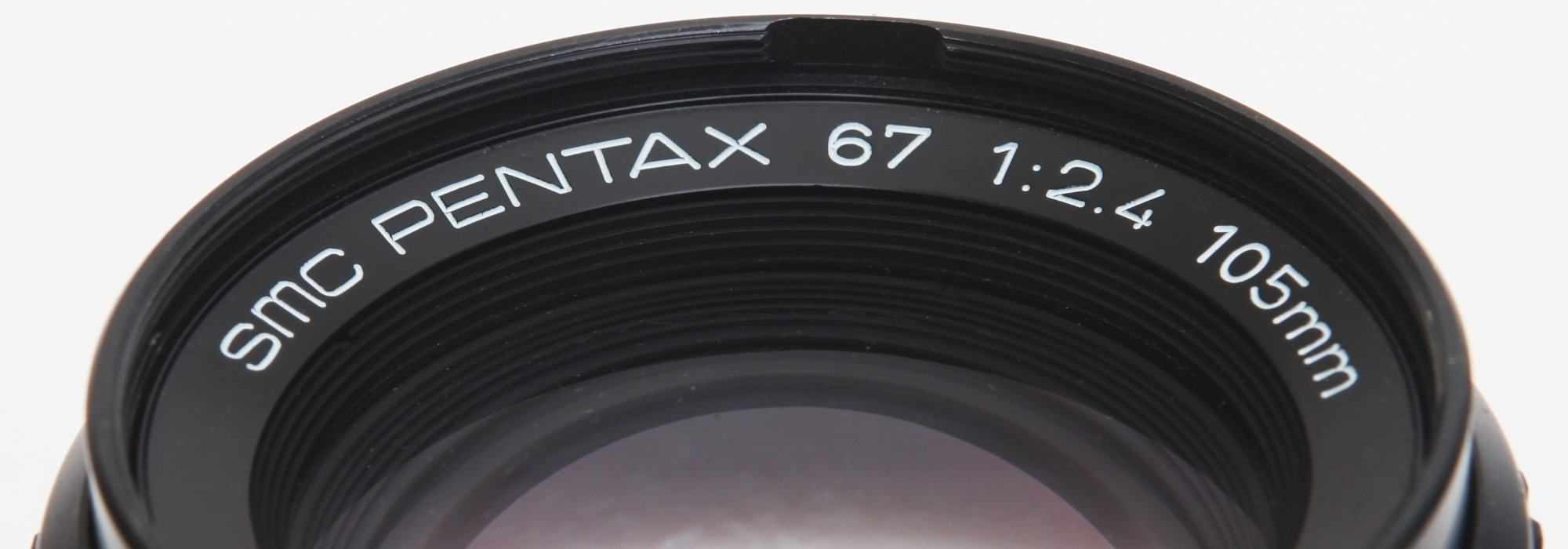
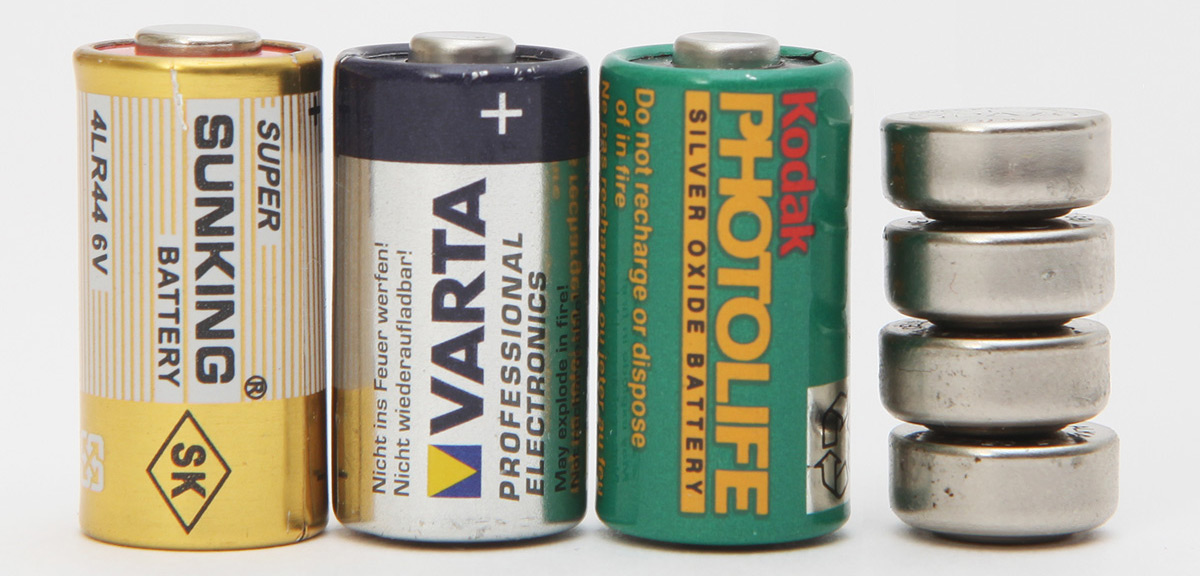
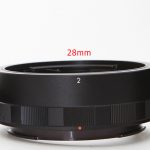
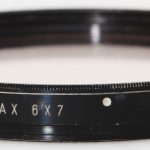
Phil
Sasha, thanks so much for explaining clearly the conversion factor from 67 lenses to 645 platform. This proved to be hard to find info! I am also considering the adaptor for using 645 lenses on K-mount bodies. Why not mix it up!
Sasha Krasnov
Thank you Phil! I’ve never used Adapter K for 645 lens. I’ve used only third party adapter EF for 645 lens a couple years ago. So, I can describe this, but I think other various adapters should be included too. Anyway, I will need images for 645->K adapter to pin a note about it in the article.
Richard
Thanks for the conversion information and calculation. So for a Digital 645z which is has a 44×33 mm frame size we have
89/55=1.62
Sasha Krasnov
Hi, Richard. Yes, sure, in case of digital Pentax 645z conversion ratio about 1.62 should be applied to the Pentax 67 lenses. So, 105mm become 170mm.
Wesley
Sasha, got one of these on your recommendation but had one question that I can’t seem to find the anwer to in either the manual or elsewhere. I just popped the adapter onto the 645n with a 67 90mm f2.8 lens and when I look through the viewfinder I see the shutter speed I have it set to, but not the f stop. Instead I see “F – – “. Is that normal/ok? Or is something wrong? Thank you!
Sasha Krasnov
Hi Wesley! Thank you for the question. Yes, it’s ok. On the original Pentax 645, the actual F-number is not displayed in the viewfinder too but exposure meter works fine. Moreover, on Pentax 645 body appropriate F-number is not displayed even with 645 lenses when aperture ring set to respective f/stop, i.e. not in “A” position.
Eric Charles Jones
Hello Sasha,
I’m just curious, have you ever used the 645 adapter and 67 lens with the combination of Pentax’s extension tubes?
Thanks and regards
Sasha Krasnov
Hi Eric,
Yes, sure, I used Pentax 67 Extension tubes without any limitations. But Asahi recommended manual diaphragm operation when all set of extension tubes is used. In the case of 645 to 67 adapter, it’s should be more important.
Carlos Quetglas
Hello Sasha,
First thaks for all the work you do to make our lifes easiers.
When you talk about the “crop factor” do we actually see the entire image through the view finder, or must we be aware of this crop and imagine where the limits of the picture are?
Hope I explained my self.
Thanks for your time and help.
Regards Carlos
Sasha Krasnov
Hello Carlos,
Thank you so much for visiting my website and for the question. So, the “crop factor” is just a concept to make understanding a bit easier. When you put Pentax 67 lenses on Pentax 645 camera you see entire 6×4.5 frame in the viewfinder of course. But in terms of 6×7 system you crop the “full” 6×7 image frame to the dimensions of a smaller 6×4.5 image frame. Both viewfinders, 67 and 645, show entire image of its format. But when you put a 67 lens on a 645 camera you may notice that the same lens on a smaller 6×4.5 format seems to get a bit longer focal length (by x1.27) compared to the original focal length and format! This is “crop factor”. For instance, you are going to use the famous 67 105mm lens on a 645 camera that crops 6×7 image produced by this lens to the 6×4.5 image frame. Multiplying 105 by 1.27 gives ~133mm. So, you may expect the field of view of a 67 105mm lens on a 645 camera became the same as for a 133mm lens on a 67 camera. I hope it explains a bit better.
Do not hesitate to ask me further questions.
Best regards, Sasha.
Carlos Quetglas
Thank you very mutch.
Great explenation. Doubts solved. Now i just need to find a cheap 645N, if that exhist. jejeje
Sasha Krasnov
No problem, it’s my pleasure!
jimi franklin
Hi Sasha,
Thanks for the info. I just bought a pentax 645 (not N) and put the adapter and 67 lenses on. I can’t seem to change shutter speeds or get the film to advance…
Does this adapter work with the regular 645 or does it have to be a 645N?
Thanks,
Jimi
Sasha Krasnov
Hi Jimi,
thank you for visiting my website. This adapter works with all 645 bodies, including digital. The camera does not display an actual aperture value in the viewfinder due to a mechanical aperture coupling of 67 lenses, but the meter works correctly. When you are turning the aperture ring of 67 lenses the shutter speed in the viewfinder of the 645 camera also changes. If you are trying to test the camera without a film inside the camera will not work. The only option to test the camera without a film is to take out the film insert. I could be wrong because I have had no 645 cameras anymore for many years.
William
Hi Sasha. I realise my question comes with a delay of 5 years, but if you read this I would greatly welcome your thoughts. I have a Pentax 645n and the lovely 105mm f2.4 adapted via the cheaper K&F Concept. As you mention in your article you do not see aperture readout in the viewfinder but I am unsure if the original adapter has mechanisms not present in my mine. When I meter with auto setting on camera (ie full aperture metering) changing aperture dors not seem to have any effect on shutter speed (set to A). In stopped down (manual) mode it does. Not sure if same applies to original adapter. How should I meter? Thanks 3
Sasha Krasnov
Hi William,
the original adapter has an aperture coupling lever. So, turning the aperture ring of the lens must change the shutter speed in the viewfinder accordingly to the selected f-stop value. Cheap adapters might be lacking this lever. So, the camera knows the actual f-stop value when the aperture is stopping down. I have not seen any of the K&F adapters on eBay with the aperture coupling mechanism. As for me, I would buy the original adapter, it costs about $100. Open aperture metering is the key feature I do not want lacking. The 645 system was specially developed to be compatible with the aperture coupling of 67 lenses.
William
Thank you Sasha, that is very useful. I have learned from my first test roll about the importance of open aperture metering. I have ordered the original adapter, costly but necessary. I appreciate your response. Cheers
Sasha Krasnov
It is my pleasure! Keep me informed, please about further use of the adapter.
Sevastianos
I was wondering what the round knob on the side of the adapter does? Also I am having issues with focal length “equivalence” using this adapter. I wrote more about it here. https://www.pentaxforums.com/forums/10-pentax-slr-lens-discussion/393705-focal-length-focal-length-i-know-but-10.html#post5613007
Essentially when mounting a 45mm 67 lens onto my Pentax 645z I see no crop at all. It is exactly the same as mounting my 45mm 645 lens onto my 645.
Even stranger is that when I mount these lenses onto my Pentax K1 they do show a difference , with the 67 lens looking wider than the 645 version.
How is this possible?
Sasha Krasnov
What knob did you mean? A small round black knob? This is a 67 lens release button. Considering your question about “equivalence” and the post you have noted, I have only two ideas: 1) the actual focal length of any of the lenses may slightly differ from the nominal 45mm; 2) The lens distortion is differently corrected for both lenses. The 67 45mm is a highly corrected lens from the image center to the side while 645 45mm is not a stellar lens.
Sasha Krasnov
As far as I know, there is no tilt-shift lens for Pentax 645 system. You can get 67 75mm F4.5 Shift lens and use it with 67-645 lens adapter. But this lens has no tilt option. On 645 system it is a standard lens.
As for vintage lenses, I use old brass Petzval 120mm F2.8 lens taken from an antique magic lantern projector. It has a built-in focusing mechanism but no diaphragm unit (iris or drop-in). So, I adapted it to fit my Pentax 67 using extension tube #1 for outer bayonet. To mount it to the tube I made an adapter ring.
But this lens is a bit soft for my taste, but much sharper than 67 120mm F3.5 Soft.
Saeed
Hello Sasha, thank you for the valuable information, I know it’s too late , “sorry”
I recently purchased Takumar 105mm f2.4 for my 645z with the original adapter.
I’m curious if the adapter can influence the plane of focus?
thank you.
Sasha Krasnov
Hello Saeed,
no, it does not change the focus plane!
Saeed
Thank you so much Sasha.
Sasha Krasnov
You are welcome!
Endymionas
Thank you so much, there is so much pseudo-technical bullshit in the photography community and this is a breath of fresh air. I always see articles about ” 35mm equivalent “, “a lens is a lens is a lens”, they completely miss the point of a simple question and you answered it completely and to the point. Thank you for the paradigm.